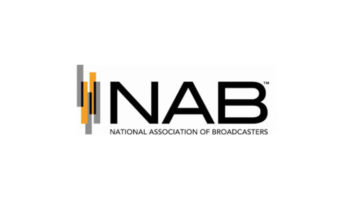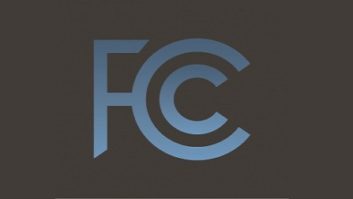The National Association of Broadcasters is asking the Federal Communications Commission to reconsider how it defines media competition in its upcoming biennial report. NAB wants the FCC to factor in technological changes, shifts in consumer behavior as well as the current advertising climate when determining how to treat ownership caps and other rules related to competition.
According to the NAB, many of these changes are “splintering the previously ‘mass’ audio market and diverting audiences to myriad other options, at the expense of traditional radio.”
Some of its radio-specific arguments include:
- Broadcast radio now competes against many other types of audio and does so via a variety of devices. OTA radio goes head-to-head against not only satellite radio, pureplay streamers and podcasts, as well as video content that is just as easily accessible on many devices. Additionally, radio broadcasters share their content not just via receivers, but on smartphones, smart speakers, wireless headphones, laptops, tablets and other ways of reaching listeners.
- As these pluralities are solidified, radio’s dominance is challenged. Both streaming and satellite listenership are up, and the Pandora-SiriusXM merger will likely challenge radio in innovative ways going forward.
- Additionally, NAB points to YouTube’s success as a music discovery platform to illustrate how radio is increasingly competing against video providers in ways unthinkable a decade ago. Podcasting is also giving radio a run for its money and its listeners, growing at a faster rate than even streaming.
- How consumers are listening is also changing what they listen to. Fewer radios in the home has correlated to less AM/FM listening, contrasting with more internet connected devices and more streaming. It’s also important to note that players like Amazon and Google not only make devices but also have their own audio services, and it’s unsurprising that these synergies help chip away at radio’s dominance in their own way.
- It is increasingly simple to switch from audio to video content (and back again) using one device. Smartphones, tablets, laptops all are used for both listening and viewing.
- Digital devices have removed geographic constraints for listening to content. Reception (and therefore the media market) is no longer the determinant of which stations compete against each other for listeners and ad dollars.
- The advertising landscape has fundamentally changed to have digital media become a power player and a popular choice for both national and local campaigns.
- Radio is dependent on advertising in a way that many of its competitors — which can charge subscription fees or have other financial models — are not.
- The COVID-19 pandemic is challenging an already slow and fractured advertising landscape. Radio is heavily reliant on local businesses and small organizations, which are in turn being hit hard by the financial downturn from the health crisis. Radio listening is reportedly up, but that has not translated into increased revenue for broadcasters, many of which were struggling prior to this development.
With all these factors in mind, NAB is asking the commission to factor in non-broadcast competition in the upcoming report and then again in its quadrennial review.







